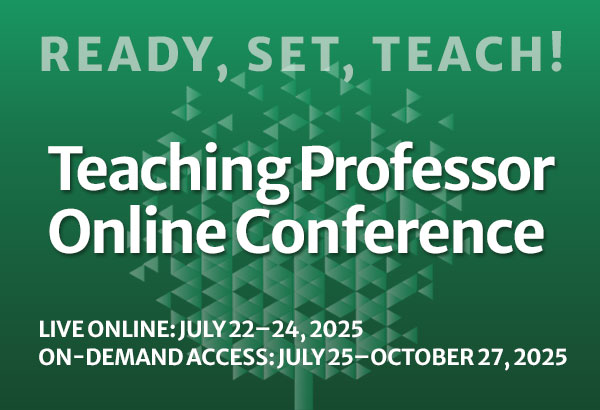
Knowing vs. Understanding: A Short Exercise to Highlight the Difference
Call me crazy, but undergraduate courses should be qualitatively different from their high school antecedents. One key change? At the college level, students should be moving toward understanding things instead of just knowing them. How can we introduce and reinforce the difference?









